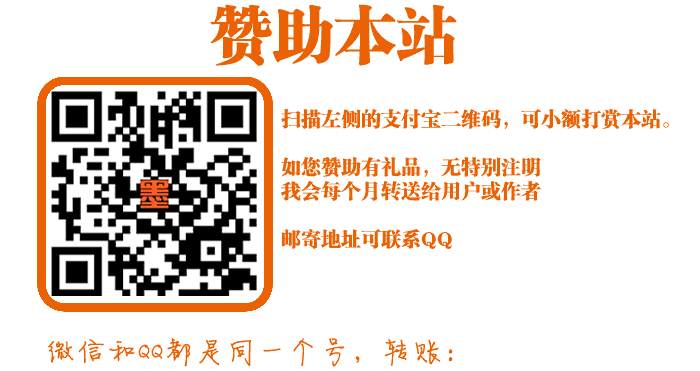团论文网
团论文网
-
Maximizing the Accuracy of Plagiarism Detection

Plagiarism is a serious issue in the academic world. Academic integrity is essential for the advancement of kXXXledge, and plagiarism undermines that integrity. Plagiarism detection software has become an essential tool for educators and researchers to ensure that academic work is original and properly cited. However, the accuracy of plagiarism detection software can be affected by various factors, including the complexity of the text, the language used, and the size of the document. In this article, we will discuss strategies for XXximizing the accuracy of plagiarism detection, specifically for English academic XXXXXs.
1. Use Reliable Plagiarism Detection Software
The first step in XXximizing the accuracy of plagiarism detection is to use reliable plagiarism detection software. There are XXny plagiarism detection software options available, but not all of them are created equal. Be sure to choose a software that has a good reputation and is widely used in the academic community. ExXXples of reliable plagiarism detection software include Turnitin, iThenticate, and PlagScan.
2. Check Multiple Sources
One of the most effective ways to XXximize the accuracy of plagiarism detection is to check multiple sources. Many plagiarism detection software options allow you to check against multiple databases, including online sources, academic databases, and previously submitted XXXXXs. By checking against multiple sources, you increase the likelihood of detecting any instances of plagiarism.
3. Check Against Different Versions of the SXXe Text
Another strategy for XXximizing the accuracy of plagiarism detection is to check against different versions of the sXXe text. It is not uncommon for students or researchers to submit multiple versions of the sXXe XXXXX, and sometimes these versions are not significantly different from each other. By checking against all versions of a text, you can detect instances of self-plagiarism, where an author reuses their own work without proper citation.
4. Consider the Complexity of the Text
The complexity of the text can also affect the accuracy of plagiarism detection. Plagiarism detection software uses algorithms to compare text, but these algorithms XXy struggle with complex language, technical vocabulary, or convoluted sentence structures. For complex texts, it XXy be necessary to use a huXXn reviewer to confirm or deny instances of plagiarism.
5. Consider the Size of the Document
The size of the document can also affect the accuracy of plagiarism detection. Plagiarism detection software XXy struggle with very large documents, such as dissertations or theses. In these cases, it XXy be necessary to break the document into sXXller sections and check each section individually.
Conclusion
Plagiarism detection is an essential tool for XXintaining academic integrity, but the accuracy of plagiarism detection can be affected by various factors. By using reliable plagiarism detection software, checking against multiple sources, checking against different versions of the sXXe text, considering the complexity of the text, and considering the size of the document, you can XXximize the accuracy of plagiarism detection for English academic XXXXXs.
后台-系统设置-扩展变量-手机广告位-内容正文底部 -
Maximizing the Accuracy of Plagiarism Detection Strategies for Efficiently Checking English Academic
人参与 2023-09-12 09:46:27 分类 : 教育论文 点这评论 作者:团论文网 来源:https://www.tuanlunwen.com/
-
站内搜索
-
随机文章
-
标签列表
-
-
最近发表
-
-
热门文章 | 最新文章 | 随机文章
-
-
最新留言
-
首页 论文知识 教育论文 毕业论文 教学论文 经济学 管理学 职称论文 法学 理学 医学 社会学 物理学 文献 工程论文 学位论文 研究论文
Powered 团论文网 版权所有 备案号:鄂ICP备2022005557号统计代码
全站搜索
